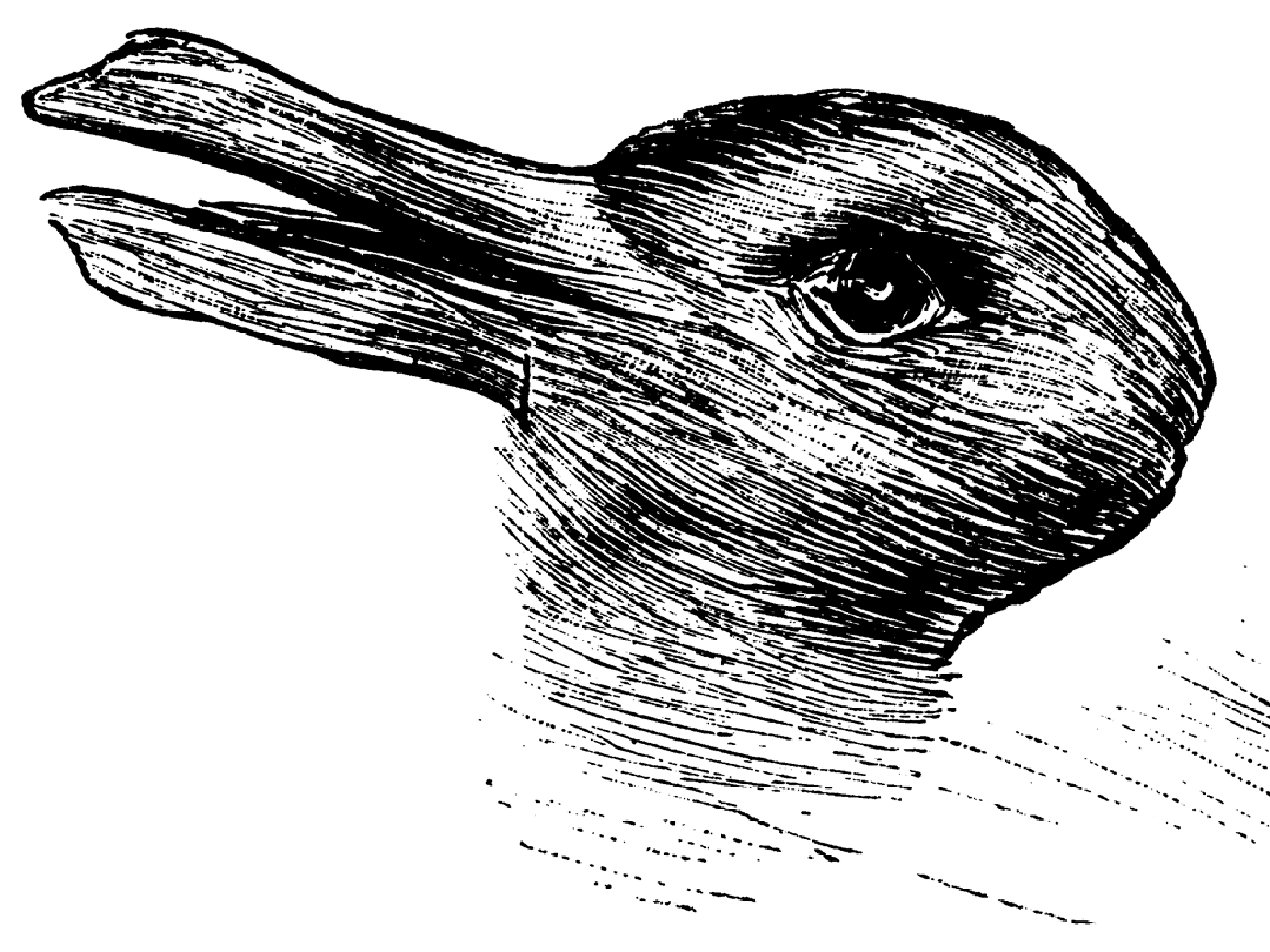Abstract:
This piece is meant to demonstrate a point. Ideas and thoughts are passed on more successfully when the curiosity of the audience is evoked and want to know more about what is happening. The application of this technique can be applied in many ways.

What you will need:
- Chalk
- Blackboard
- Class-room setting with rows of desks for depth
- A facilitator
How to play:
- Draw a palm-sized circle on the blackboard
- Break up a piece of chalk into small, diced-sized pieces
- Give the pieces of chalk to students in the class
- Tell them to try to hit the circle
- Facilitator to deliver the message
Message:
The idea of an institution for learning is a wonderful one. Students should be ingrained with the idea to never stop learning. However many students fall short in entering top tier institutions because they are unable to cope with the stringent standards brought up by the institution. Education is not a “one shoe fits all” situation. If Cinderella was in this situation, Prince Charming would have never found her. People come from different cultures and backgrounds and have different values and morals. Everyone has different ways of learning and understanding material. There needs to be a reformation on the ways of teaching and inspiring students.
In this demonstration many students will fall short of hitting the target. Students sit in rows and the students in the back will have a harder time than the students in the front to hit the target. In addition to this students all have different throwing abilities.
Author’s Note:
School was always a challenge for me. It was not easy for me to conform to the rules set by the institution nor was it easy for me to learn by reading a textbook. I found the best type of learning was when I was self-motivated to find out the answer and this was further instilled by the many great teachers I have had throughout my education.
Yoko Ono’s City Piece in “Grapefruit” sparked this piece:
“Walk all over the city with an empty baby carriage” (Ono).
As a bystander on the street going about your daily routine. If I saw someone pushing an empty baby carriage I would ponder about the possibilities of why someone was doing something like that. If the opportunity arose I would probably ask the person why he or she was doing something like that. It is not that I cared for the answer. It is about finding closure to my curiosity.
When people are exposed to an idea being spread they often put up walls to counter the idea. However, when they are drawn in by a well crated route they expose themselves in order to know what is going on. When we look at optical illusions we often look for hours to find the duck hiding in a rabbit (image 1) and when we are unable to find the duck we ask for the answer until we get it. Once we see the duck we remember where it is forever. This is the power of curiosity. If an idea wants to be spread, we have to craft it in such a way where the idea can be delivered without the initial judgement of the audience. It is only then will the idea be remembered.

Image 1: Rabbit/Duck
Great companies evoke this technique. A famous example evolves around two competing companies in the tech industry: Apple and Microsoft. Apple was successful in portraying themselves as a more user friendly product than Microsoft because their advertisements targeting why you need and Apple product rather than what specifications does the new product have.
Gordon Lo
